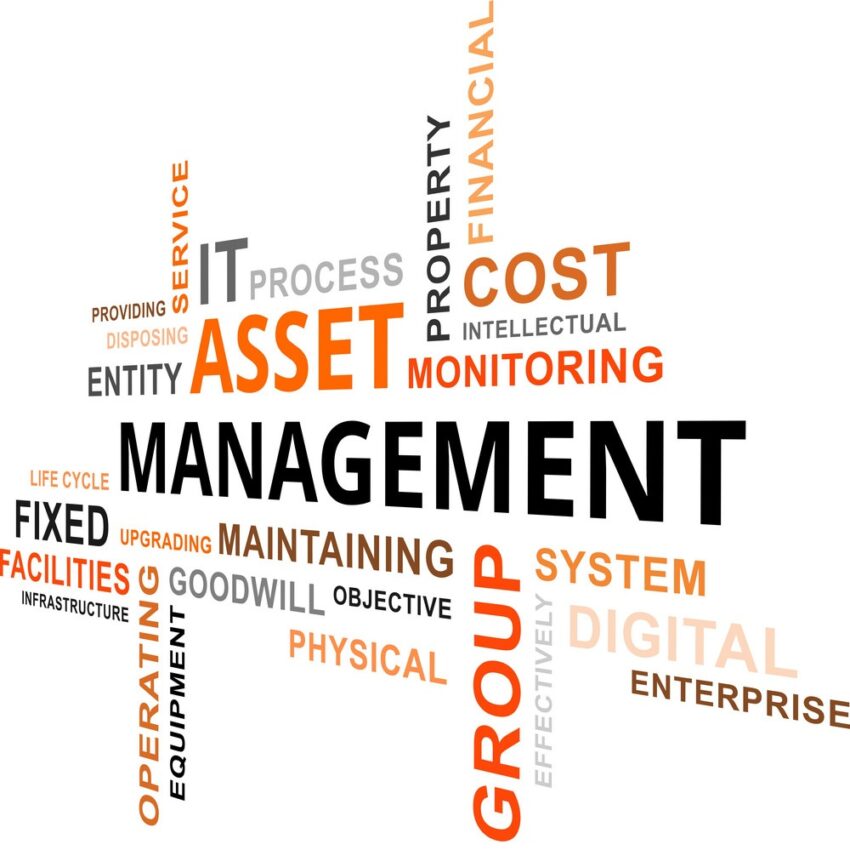Good asset management is essential in delivering a sustainable, efficient and profitable business. Done well, it helps organisations make better decisions, improve cost controls, demonstrate regulatory compliance, build stakeholder trust and manage risk.
Asset management
consultancy services

Asset Information Management
We provide various asset management services to ensure water and wastewater plant assets are monitored and managed appropriately throughout the life cycle of those assets. From plan and design, procure and build to operations, maintenance and decommissioning, the goal is maximising the capital value from these assets.
By incorporating ISO55000 standards, our strategy is to ensure useful information is collected, maintained and analysed for achieving great asset management outcomes. We help your business get maximum benefit from Enterprise Asset Management (EAM) systems including reliability engineering systems. Our solution consists of a set of plans, processes, procedures, systems, tools and organisational structure for the effective management of assets throughout their lifecycle.

We can help your business around the following areas:
Improvement
Support business cases for change, generate reports, reporting tools and processes for business areas, and identified trends and improvement opportunities for the assets.
Maintenance
Make data strategies for effective implementation of Reliability Centred Maintenance and Condition Based Maintenance
reliability
Improve Reliability Centered Maintenance processes by driving reliability across all assets through standardisation of reliability engineering and creating a strong data infrastructure in EAM/ERP platforms.
Securing Process
Establish best practice tools and processes to ensure Condition Based Maintenance is implemented in a practical and meaningful way utilising the data analytics available for the assets.
Data Analytics
Provide engineering and analytics support for major asset management activities
life cycle
Develop and maintain complete life cycle cost models for the assets and incorporate the models into asset management processes.
Optimization
Seek ways to improve efficiency, and identify areas where savings could have been realised and ensure costs are considered when analysing data for business analysis purposes.
Data Processing
Provide data analytics and information management support to any area of the asset management team and help your business to transform data into value-added information
Reports
Create modern business intelligence reports, by being involved in all BI development steps, from data collection, data integration, and data preparation and modeling to visualisation and data governance.
Collaboration
Collaborate with various stakeholders, as an ongoing activity, to ensure reliability, availability, maintainability, and safety of all assets are continuously enhanced.
Information Technology
Bridge the gap between business and IT/development team by defining business needs and recommending solutions that deliver long-term value to all assets throughout their life cycle.

Mohsen Alizadehfard
Department Manager
Transforming data into valuable insights, supporting businesses to make data-driven decisions.
who is leading the way?
With more than 10 years of experience playing with data, Mohsen has a strong passion for transforming data into valuable insights, supporting businesses to make data-driven decisions. As a Business Intelligence Analyst at Portt, he work with our customers on various analytics projects spanning the whole modern analytics life cycle from strategic planning to implementation and support.
Along possessing diverse academic degrees, Mohsen has experience across many different industries including technology, rail, engineering, manufacturing, finance, and healthcare to transport, logistics and retail.

Good asset management is essential in delivering a sustainable, efficient and profitable business. Done well, it helps organisations make better decisions, improve cost controls, demonstrate regulatory compliance, build stakeholder trust and manage risk.